Talk Overview
Live cell imaging has been revolutionized by the discovery of the green fluorescent protein (GFP). Roger Tsien talks about fluorescent proteins and covers the history of GFP, how it folds and becomes fluorescent, how it has been mutated to produce additional colors (blue, cyan, yellow). It also covers novel photoswitchable and photoactivatible fluorescent proteins, whose color can be changed by light, and new infrared fluorescent proteins.
Questions
- Red fluorescent proteins were derived from which organism?
- Which of the following is true for the generation of the GFP fluorophore?
- Hydrogen peroxide is generated in the reaction
- The chemistry to produce the GFP fluorophore occurs a few seconds after protein folding
- The fluorophore will form in anaerobic environments
- The glycine carbonyl is crucial for the cyclization reaction
- The main effect of the S65T mutation is to
- Make the protein fold better
- Shift the emission spectrum
- Shift the excitation spectrum
- Produce faster maturation of the fluorophore
- Which of the following is true:
- Dendra photoactivates with blue light and shifts its emission from blue to green
- Dronpa’s unique property is that its fluorescence disappears but can be photoactivated by red light
- Blue fluorescent protein would be a good choice for deep tissue imaging
- Infrared fluorescent proteins require the cofactor biliverdin
Answers
View AnswersSpeaker Bio
Roger Tsien
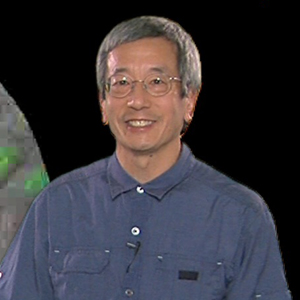
Dr. Tsien was a Professor at the University of California, San Diego, a Howard Hughes Medical Institute Investigator and a member of the National Academy of Sciences. In 2008, Tsien shared the Nobel Prize in Chemistry for the discovery and development of green fluorescent protein, GFP. His lab continues to develop new fluorescent proteins as… Continue Reading
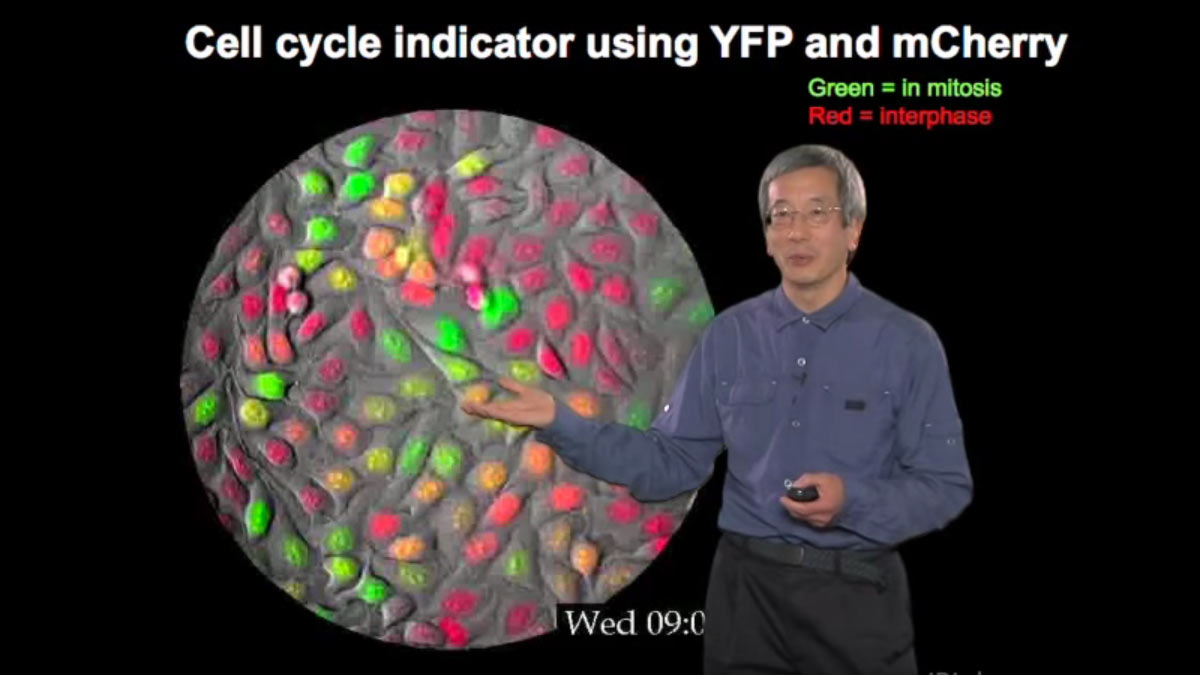
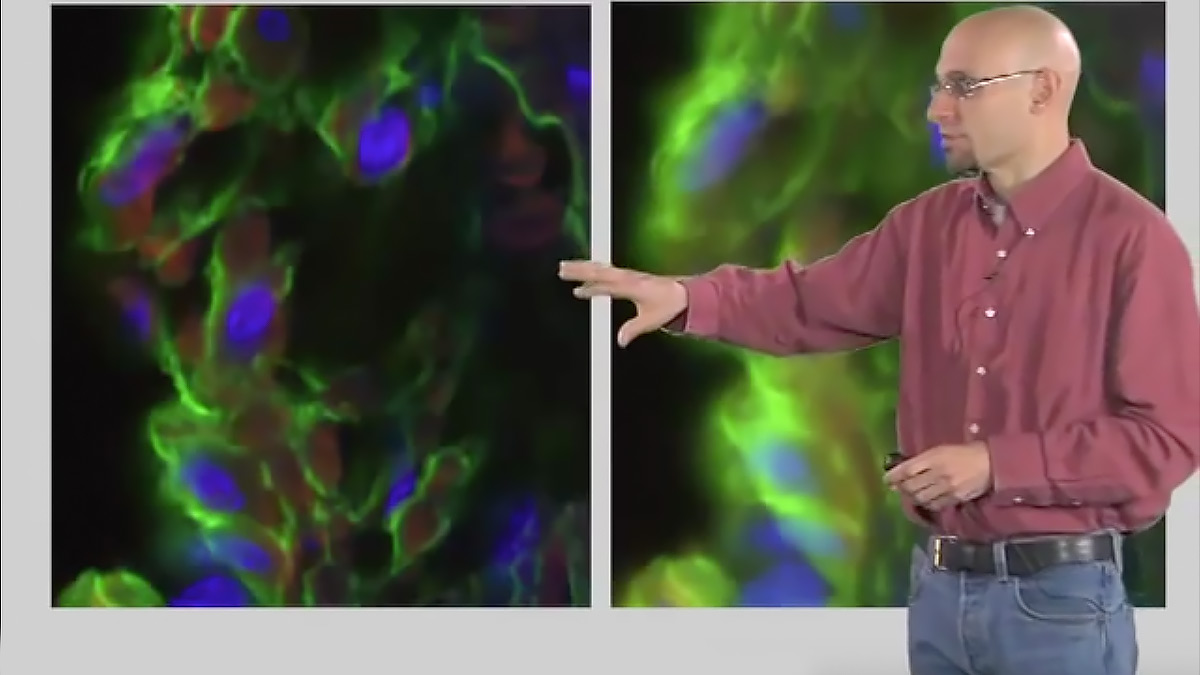
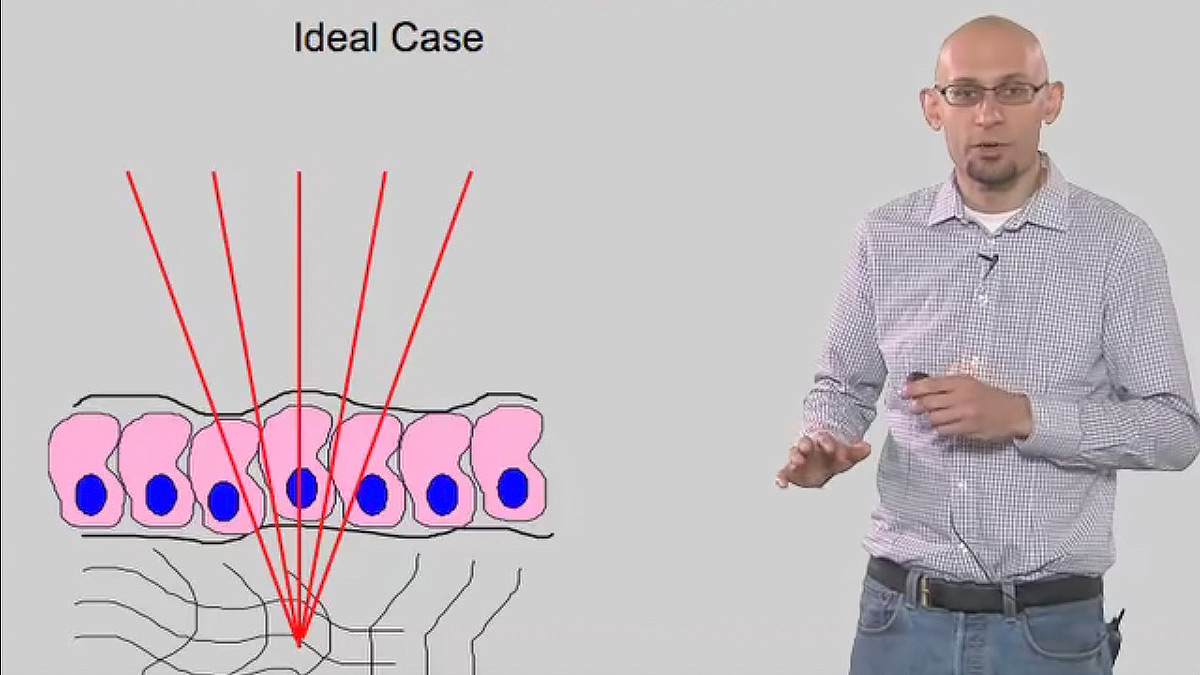
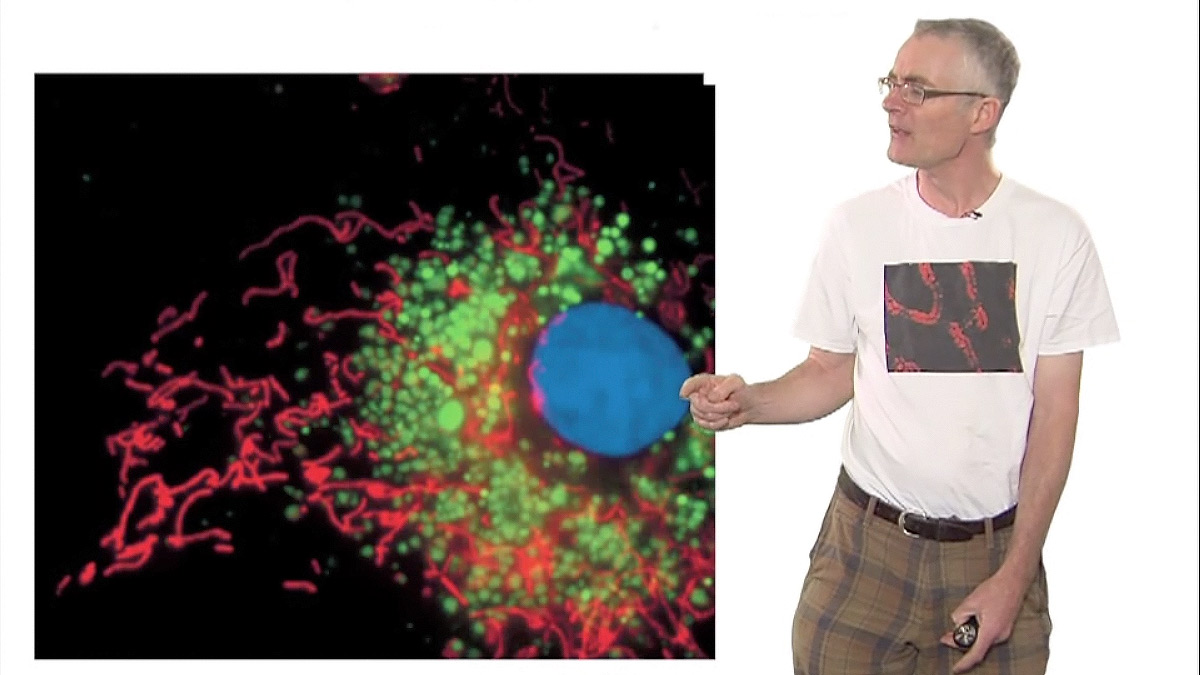





Leave a Reply